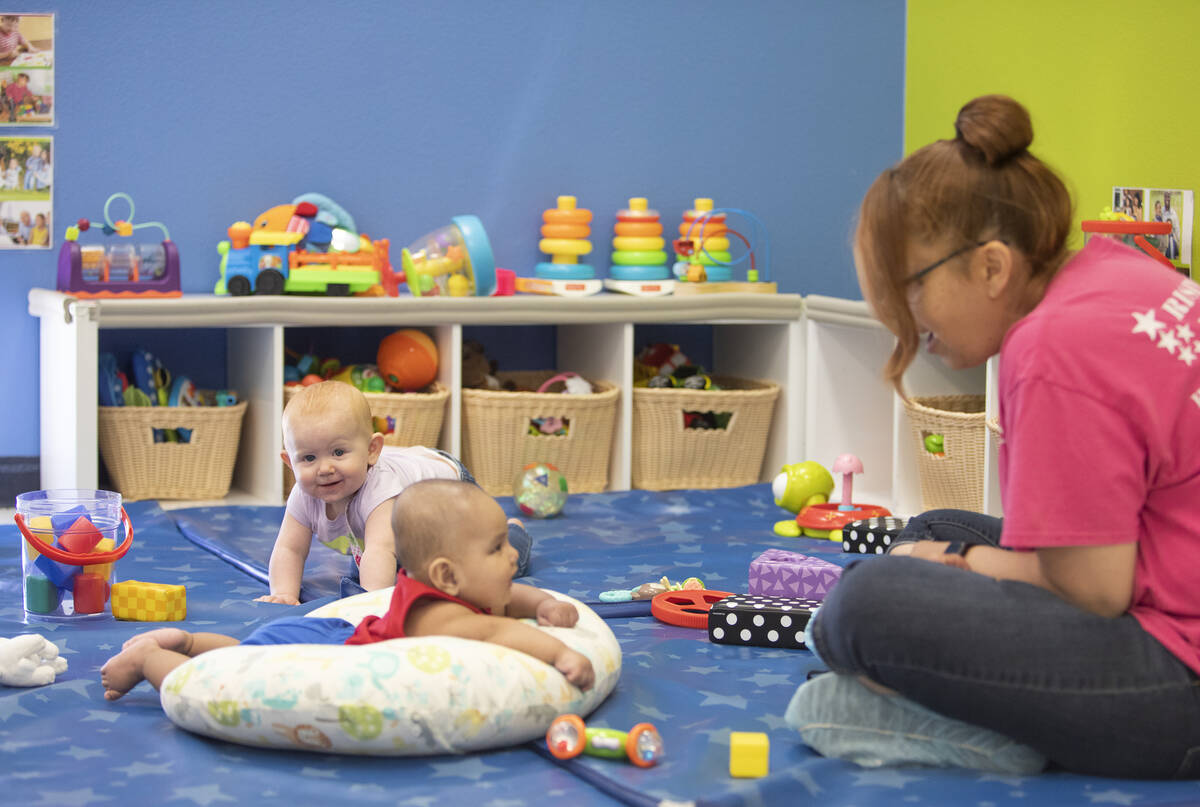NEVADA VIEWS: Putting Nevada’s children at risk
The net is broken. Nevada’s child safety net has been publicly coming undone for years and years — right in front of us.
Republican- and Democrat-run governments have done the same thing each legislative session. They have ignored the red flags and cut child welfare funds (even in strong economic times) to fund other pet projects. Adequately funding child welfare and safety programs never makes it to the top of any caucus’s priority list. Why? Because kids don’t write checks, and they can’t vote.
There is no denying the system intended to be a safety net for children has stretched beyond its capacity. Last month, child welfare workers walked out of Child Haven, citing unsafe working conditions, dilapidated building conditions and reports of poor nutritional standards. This happened amid reports that good parents, who have exhausted all other options, are surrendering their children to the system in the desperate hope of getting mental health services.
Let us not forget we are talking about children who are unable to advocate for themselves. These children are often removed from homes with inhumane conditions and subjected to such things as starvation, neglect, physical and sexual abuse, violence and environments suffering from the addiction of one or more family members. They are then dependent upon the state of Nevada for food, health care, safety, education and mental health services.
We say kids are resilient. To a point, that’s true. But a 7-year-old who has been neglected, malnourished, physically and emotionally abused or sold into sex work by addict parents can be only so resilient. Most of the kids entering the child welfare system today share this past. And let’s remember that, to remove a child from a parent, the conditions must be so inhumane that a broken system, without resources, has no other moral choice but to remove that child.
This is troubling when you consider the child welfare system was never intended to be the system of care for mental health needs. Even more troubling are recent findings that children are languishing for days or weeks in emergency rooms waiting for beds to become available. During a recent meeting of the Public Health and Behavioral Health’s Emergency Medical Services for Children Advisory Committee, practitioners noted how a profound lack of available mental health services is eroding the ability to provide emergency care to other children. Chief among the challenges highlighted were: Insufficient beds and professionals to provide care; woefully inadequate resources for children experiencing additional challenges such as substance abuse disorder or an intellectual disability; and a desperate lack of community-based supportive services and outpatient mental health services.
Undoubtedly these challenges are indicative of the state mental health system’s national ranking. According to the 2020 State of Mental Health in America Report, Nevada’s mental health system ranks 51st in the country and an equally troubling 51st in youth mental health. Given the depth of our mental health services challenges, it is likely the child welfare system was never equipped to shoulder the weight of our ailing mental health system.
It is imperative that we realize that, just as our children are in crisis, so are many of our systems, including our mental health system. We cannot continue our pervasive pattern of disinvestment and hope to recover. Now more than ever we must take a stand and demand critical investments in:
■ Infrastructure: Enterprise systems that function, buildings, service providers, nutritional standards and the foster care system, etc.
■ The mental health workforce: Recruitment, retention, compensation and professional development.
■ Community-based supports and outpatient mental health services.
■ Special youth population needs.
We must do better. There is $2 billion in federal aid currently available to the state. This is an unprecedented opportunity to make these critical investments in children’s mental health now. It is time to fix the net.
How do we fix the net? It’s easy. Write your state and local leaders. Tell them kids don’t vote, but you do. Demand that education, child welfare and mental health be funded first. Otherwise, we will all continue to pay the price for generations.
Tiffany Tyler-Garner is executive director of the Children’s Advocacy Alliance. Patricia Farley is the alliance’s vice chair and founder of Serving Our Kids.






















